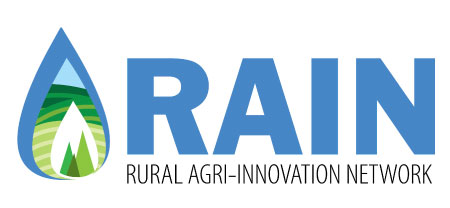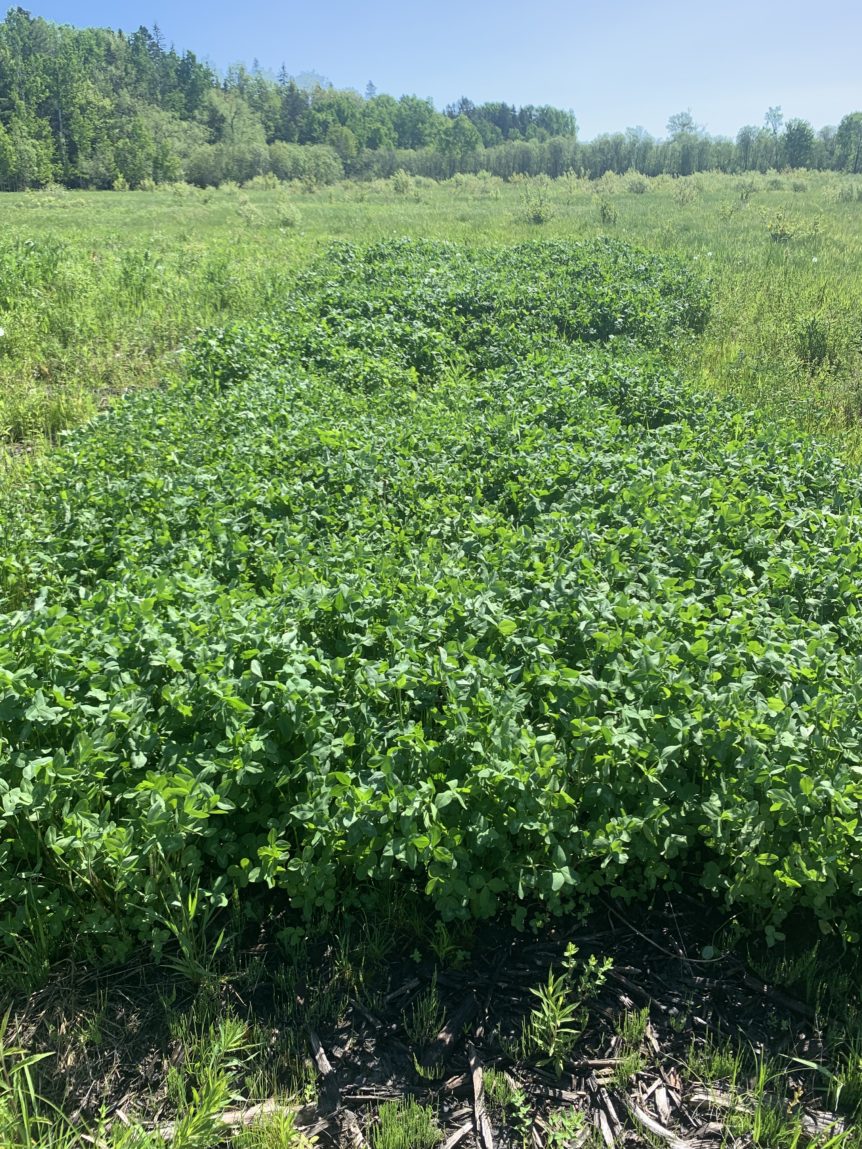In spring of 2018, five legumes were planted at the Algoma Community Pasture to show alternative legumes that could be potentially utilized in Northern Ontario climate. Alfalfa is commonly grown as a forage crop in Ontario, but due to its sensitivity to wet and cold conditions, it may not be the most suited to a Northern Ontario climate. By evaluating how alternative perennial legumes perform in Northern Ontario, in comparison to alfalfa, the objective was to find the forage that best suits the needs of local farmers and give them the opportunity to choose between comparable forages.
The five legumes that are being compared include; galega, red clover, sainfoin, birdsfoot treefoil, and alfalfa as a control. The seeding rates are as followed:
Alfalfa at 13 kg/ha
Galega at 35 kg/ha
Red clover at 11 kg/ha
Sainfoin at 30 kg/ha
Birdsfoot trefoil at 9 kg/ha
Though all five of these legumes have been tested before, they were not previously grown in the same area to allow for direct comparisons. A yield comparison was not taken in the first year of establishment, but a forage sample was taken from each legume. In spring of 2019, documentation took place to see how each legume survived over the winter. Each legume made it through the winter and continued to grow through the season. Due to the lack of rain throughout the summer of 2019 the sainfoin and galega did not produce a yield. The plants only grew a couple of inches and stopped. However, the red clover and birdsfoot treefoil out preformed the alfalfa. Yields reported as below:
Due to the dry season, a second cut was not achieved. This trial was duplicated in Thunder Bay at the Lakehead Agriculture Research Station. In Thunder Bay, red clover and alfalfa out yielded the other legumes. There will be one more year looking at winter survivability and yield.


